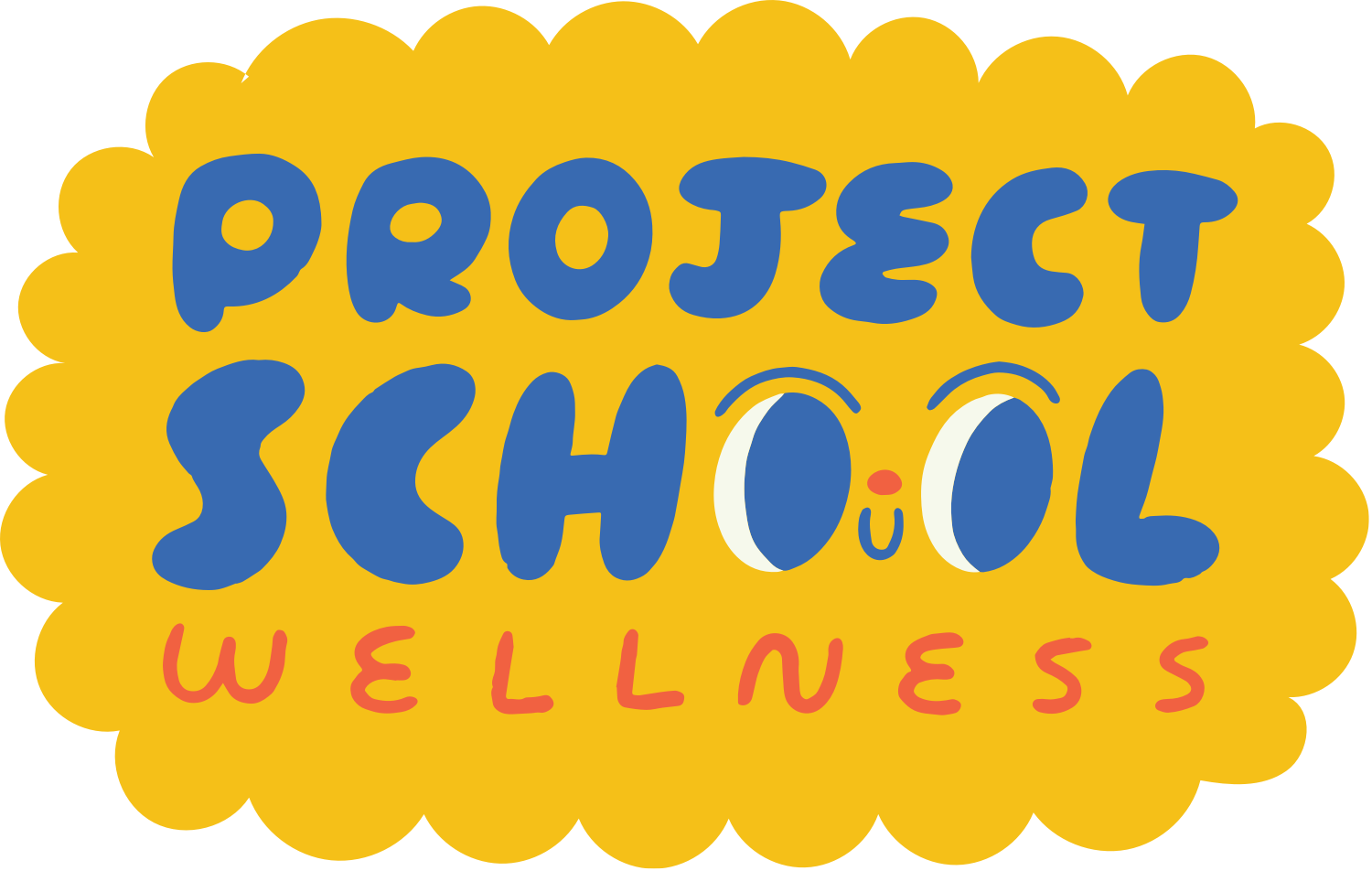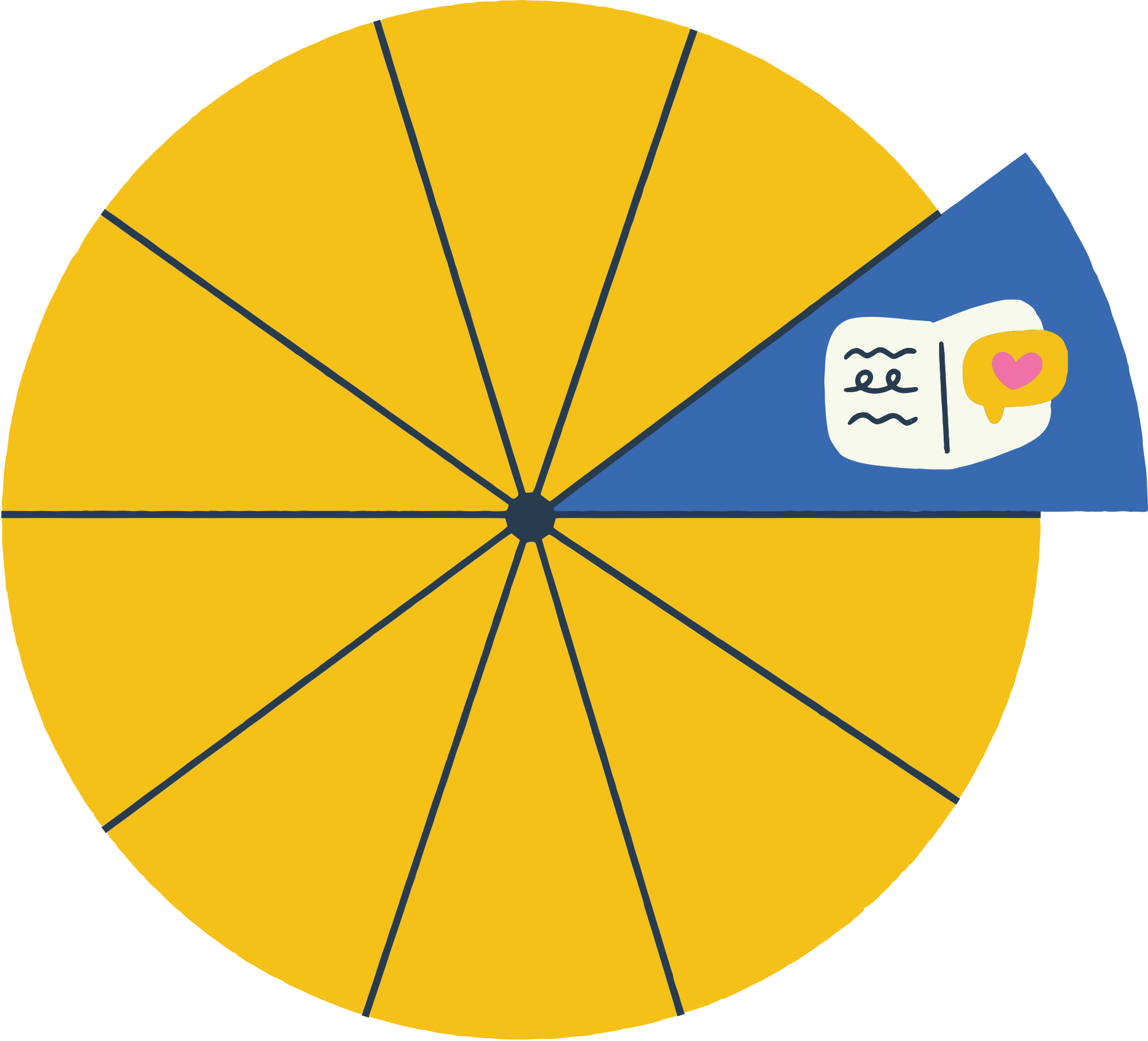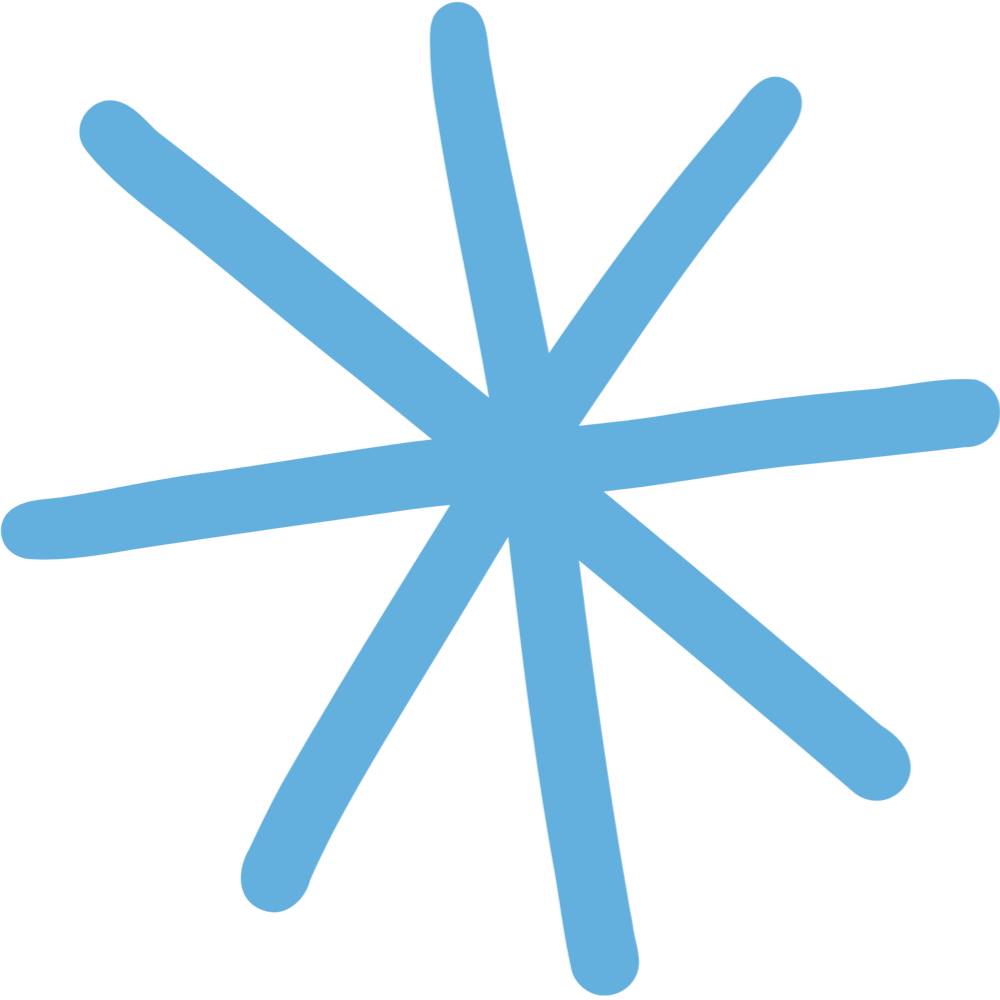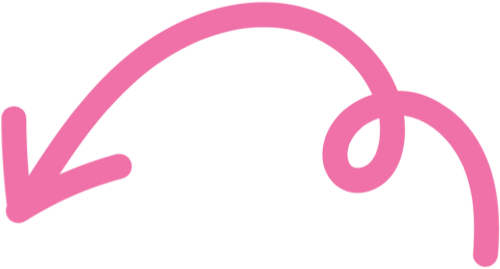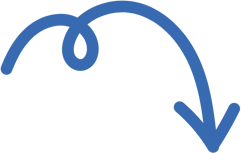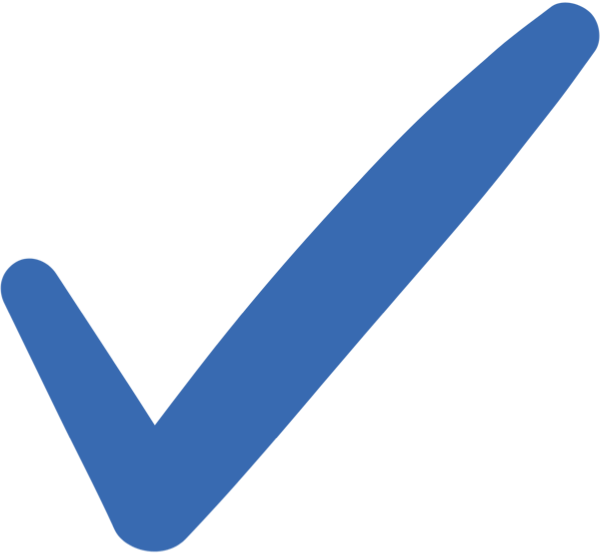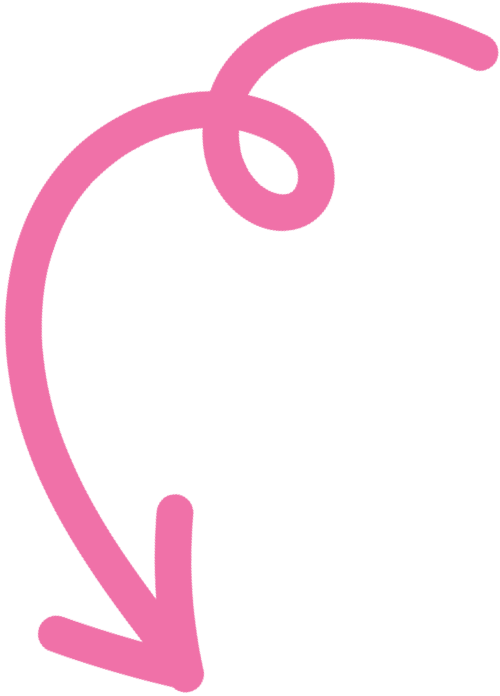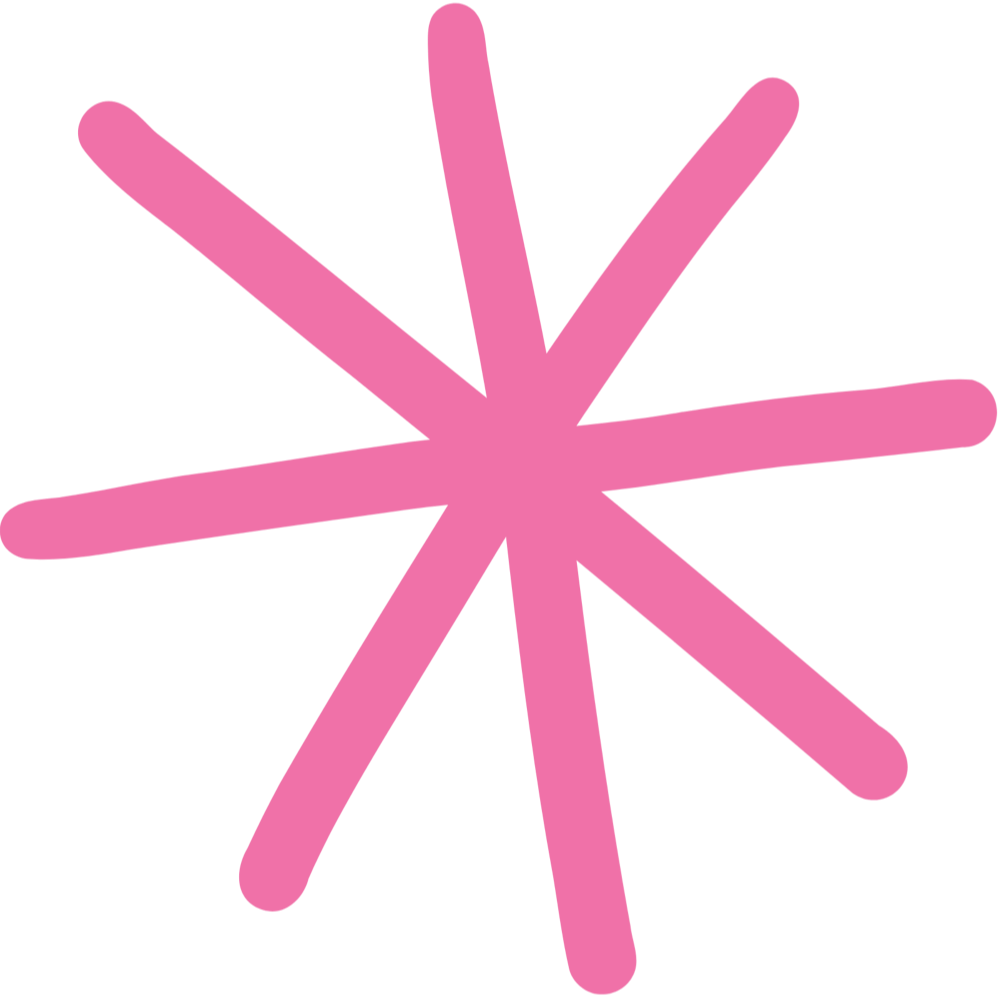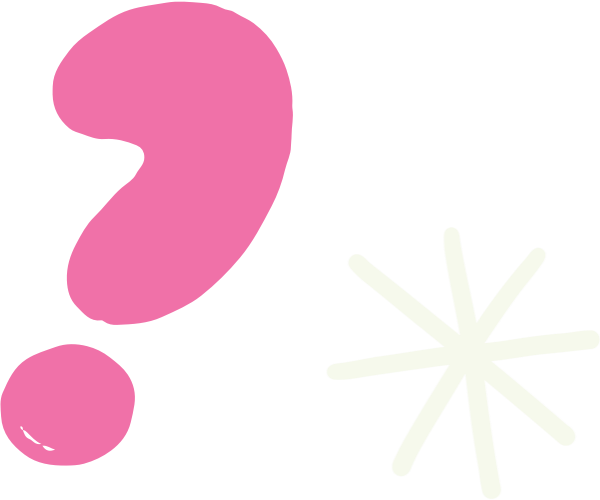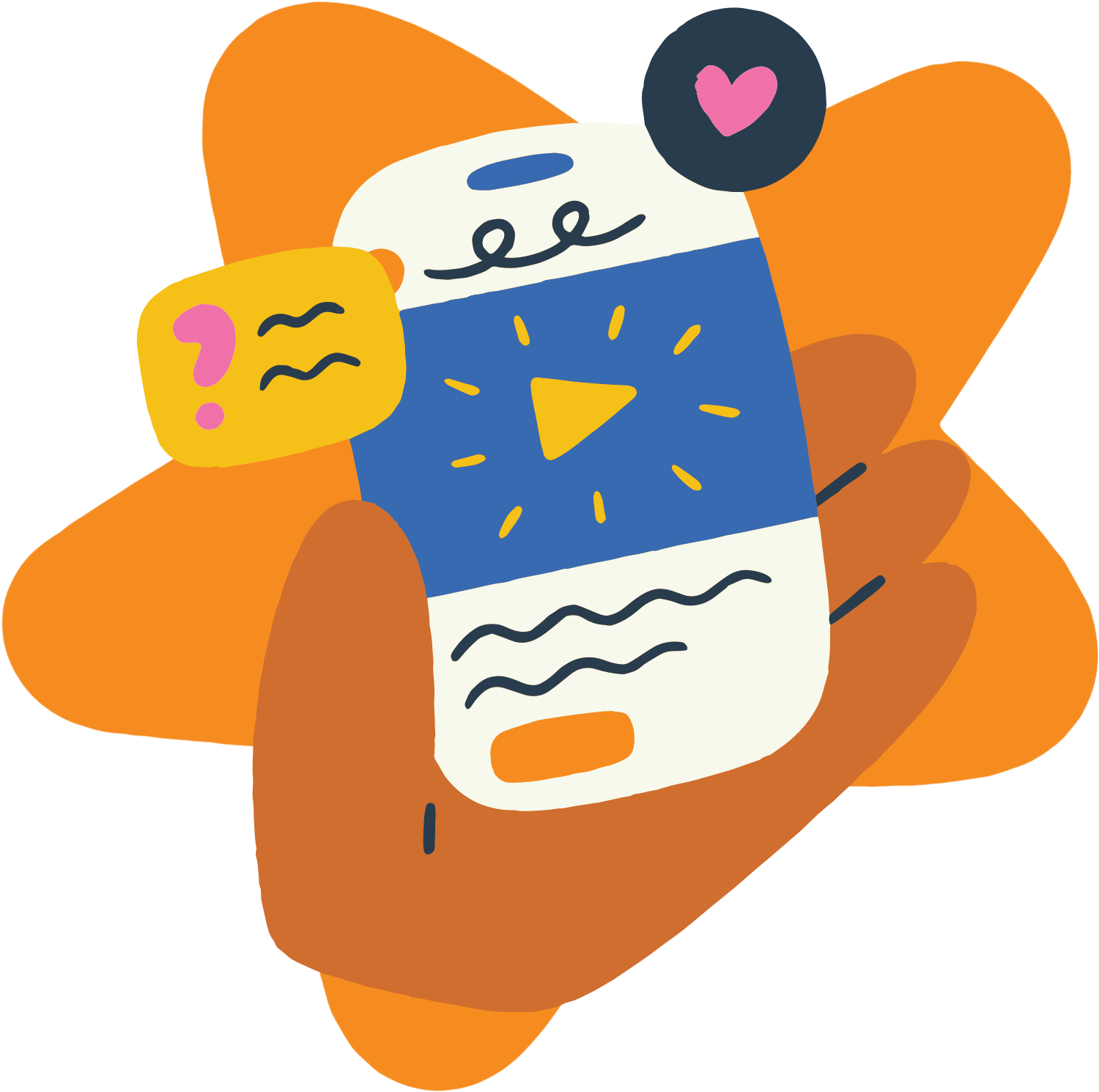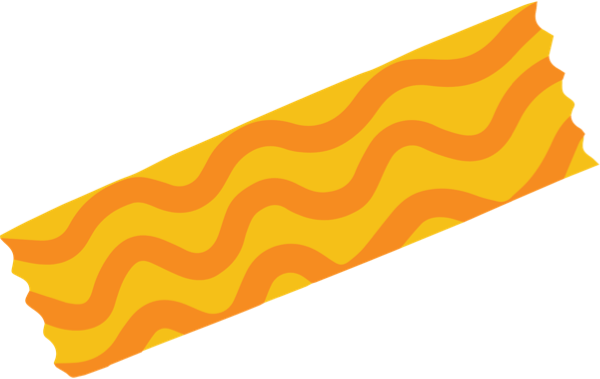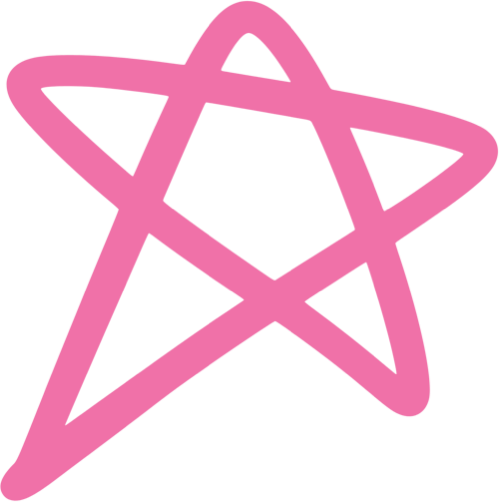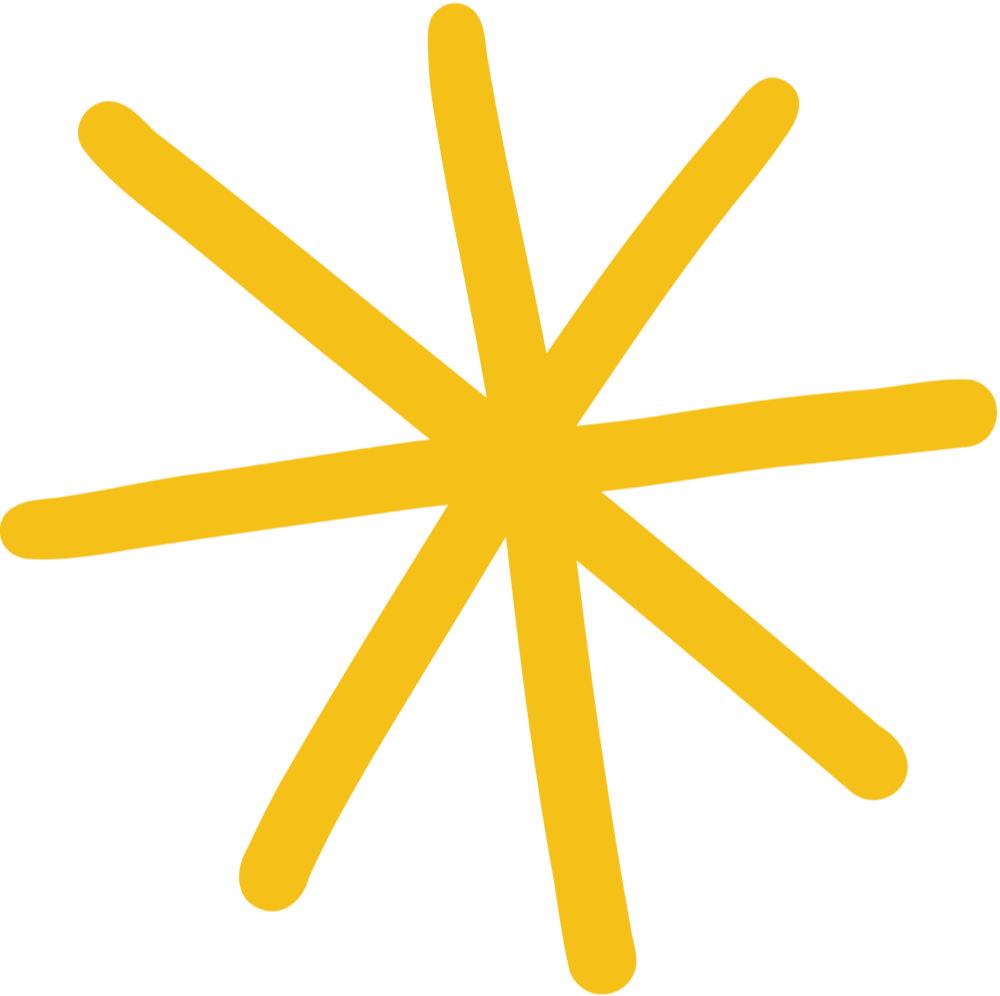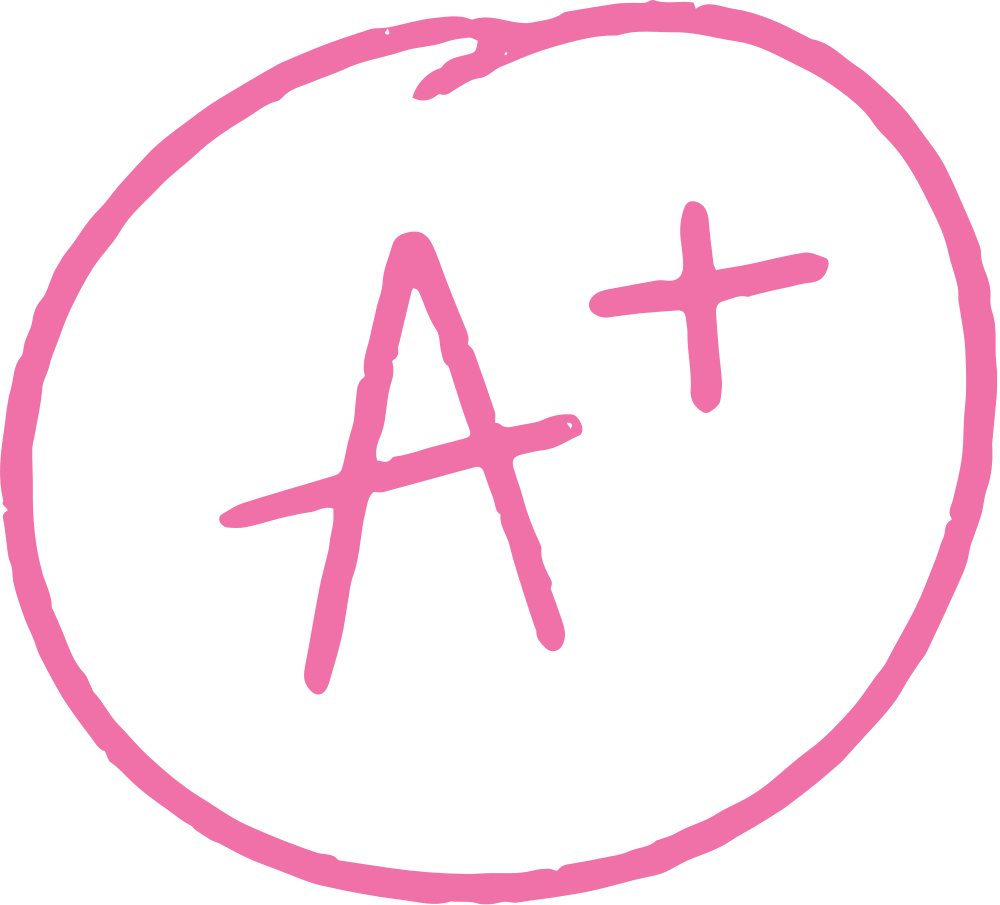
How to Teach the Dimensions of Health
Intellectual Health
Intellectual health is all about being curious, loving to learn, and believing that you can grow. It means being open to new ideas, challenging yourself to think in different ways, and finding joy in learning and being creative.
Easy Intellectual Health Teaching Activities:
Start Here!
This Intellectual Health Teaching Guide is your go-to resource for teaching intellectual health and creativity education as part of a comprehensive, skills-based health education program. It includes a clear intellectual health definition, explains why intellectual health matters, and outlines a grade-level-specific teaching progression aligned with the SHAPE America National Health Education Standards. You’ll also find links to relevant instructional videos, real-world intellectual health examples, and a curated list of resources to help boost students’ creativity, critical thinking, and collaboration in the classroom.
Table of contents:
Grade-Level Specific Teaching Ideas →
SHAPE Health Standards and Skills →
An Introduction to Teaching intellectual Health
Let’s start with
The Basics
Also available: signature health guides for parents and students to support health learning at home and in class.
For Students → For Parents →
What is Intellectual Health Education?
Intellectual health is one of the core dimensions of health, originally identified by Dr. Bill Hettler, co-founder of the National Wellness Institute. It centers on curiosity, creativity, critical thinking, and a love of learning. Intellectual health encourages students to explore new ideas, challenge themselves, and believe in their ability to grow and improve. By nurturing intellectual health in the classroom, educators help students develop confidence in their thinking, collaborate with others, and see learning as a meaningful, lifelong pursuit.
Why Intellectual Health Matters
Growth and Creativity Help Students Thrive
When students challenge themselves and tap into their creativity, they build confidence, discover new talents, and experience the joy of learning. Intellectual health gives them the tools to grow, explore, and express themselves in meaningful ways.
Creative Thinking Drives Problem-solving
Whether it’s resolving conflict, navigating tough decisions, or inventing something new, creativity and curiosity are at the heart of problem-solving. Intellectual health empowers students to think critically and find innovative solutions.
Learning Helps Us Understand Ourselves and Others
When students stay curious and open to learning, they gain new insights about themselves, other people, and the world. This awareness supports empathy, perspective-taking, and lifelong growth.
K - 12 Intellectual Health Education Teaching Progression
Grade-Specific Intellectual Health Teaching Ideas
Explore K-12 grade-specific intellectual health and creativity education teaching ideas. Each guide provides health teachers with clear intellectual health learning objectives, essential functional knowledge, engaging teaching activities, and meaningful assessments. You’ll find everything you need to deliver impactful, developmentally-appropriate intellectual health education.
-

Learning Objectives
Intellectual health learning objectives for elementary school clearly define what students will know and be able to do as a result of each lesson. These objectives focus on developing functional health knowledge, building understanding related to the dimensions of health, and applying essential health skills to real-life situations. Each objective is designed to align with the SHAPE America National Health Education Standards, ensuring that instruction is comprehensive, skills-based, and promotes lifelong well-being.
The Goal: Students explore how curiosity, creativity, and a growth mindset contribute to learning, happiness, and personal growth.
✅ Discover how creativity boosts joy and supports emotional well-being through art, play, storytelling, and self-expression.
→ Related SHAPE America Health Standards: #1 Build and Apply Functional Knowledge and #7 Practice Health-Enhancing Behaviors
✅ Practice asking questions and exploring ideas as a way to learn new things and build knowledge about themselves and the world.
→ Related SHAPE America Health Standards: #1 Build and Apply Functional Knowledge, #4 Communication, and #3 Access Valid Information
✅ Understand what a growth mindset is and how it helps them keep going, even when something feels hard or unfamiliar.
→ Related SHAPE America Health Standards: #6 Goal Setting and #7 Practice Health-Enhancing Behaviors
-

Functional Knowledge
Functional knowledge refers to the essential health concepts students need to understand in order to build awareness of how intellectual health, creativity, and problem solving shows up in their lives. This knowledge helps students make informed choices and lays the foundation for managing this aspect of their well-being with intention and confidence.
💡 How creativity, art, and imagination make them feel
Students begin to recognize how activities like drawing, building, dancing, or storytelling bring them joy, calm, or excitement. They learn that creativity is more than fun, it’s a way to care for their well-being.
💡 Ways they can learn more and build understanding
Students explore how asking questions, listening to others, reading books, and watching videos are all ways to learn new things and grow their knowledge.
💡 Who can help them learn and expand their thinking
Students identify people in their lives, like teachers, librarians, family members, and classmates, who can help them discover new ideas, answer questions, and encourage their curiosity.
💡 What a growth mindset is and how to practice it
Students are introduced to the idea that they can get better at things with practice and effort. They learn encouraging self-talk (mantras like “I can try again” or “Mistakes help me learn”) to support their learning and confidence.
-
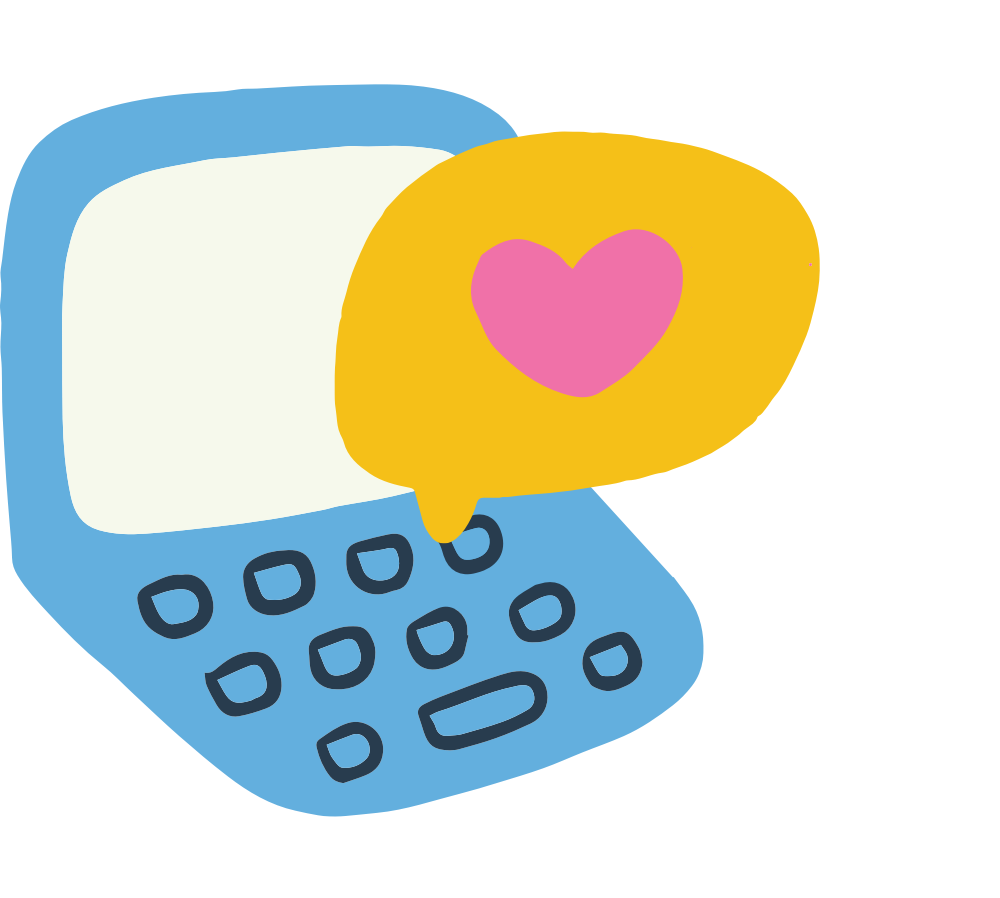
Activities
Activities are health education learning engagements that help students explore, interact with, and build deeper understanding of intellectual health, creativity, and problem solving. Each learning activity is designed to support a skills-based health approach and provide meaningful opportunities for students to explore the functional knowledge and practice the health skills.
🔎 Creative Joy Check-In
After a creative activity (like drawing, dancing, or storytelling), students do a simple self-check to reflect on how it made them feel. Use emoji charts or feeling words to help students identify and express their emotions.
→ Connects to: Understanding how creativity, art, and imagination make them feel
🔎 Learning Scavenger HuntCreate a classroom or hallway scavenger hunt where students complete different tasks, like asking a classmate a question, reading a fact card, or watching a short video clip. Each task helps them explore new ideas and practice building understanding.
→ Connects to: Ways they can learn more and build understanding
🔎 Who Can Help? Interviews
Students interview school staff (like teachers, librarians, or custodians) or family members about what they’ve learned and how they like to learn new things. This helps students see how others can support their intellectual growth.
→ Connects to: Who can help them learn and expand their thinking
🔎 Growth vs. Fixed Mindset Story Sort
Read or watch a short story with a challenge or mistake. Then have students sort possible responses into “growth mindset” or “fixed mindset” categories and explain their reasoning. Optional: Create classroom mantras together.
→ Connects to: What a growth mindset is and how to practice it
-

Assessments
These intellectual health project-based learning assessments are designed to measure both what students understand and how well they can apply their functional health knowledge and health skills in meaningful, real-world ways. Each health assessment idea aligns with the SHAPE America National Health Education Standards and offers students a practical, hands-on learning experience. By actively using health skills to navigate realistic scenarios, students demonstrate their ability to think critically, make informed decisions, and take ownership of their well-being.
📚 Poem: Creativity and Feelings
Students write a short poem or draw a picture-poem about a creative experience (like dancing, painting, or building something) and how it made them feel. This encourages emotional expression and helps students connect creativity to well-being.
→ Assesses understanding of how creativity and imagination make them feel (SHAPE Standards #1 and #7)
📚 Mini Research Project
Students choose a topic they’re curious about (like animals, space, or weather) and gather information by reading a book, watching a video, or talking with a teacher or family member. They share three things they learned with the class.
→ Assesses ability to learn new things and build understanding (SHAPE Standards #1 and #3)
📚 “How to Learn” Cheatcode Booklet
Students create a small booklet of tips to help others learn something new. Tips might include: ask questions, try again, listen to your teacher, or read a book.
→ Assesses understanding of how to build knowledge and who can help them learn (SHAPE Standards #1 and #3)
📚 Growth Mindset Mantra Poster
Students write a personal growth mindset mantra (e.g., “I can keep trying” or “Mistakes help me learn”) and design a colorful poster to display in the classroom.
→ Assesses understanding of growth mindset and self-talk strategies (SHAPE Standards #6 and #7)
-

Learning Objectives
Intellectual health learning objectives clearly define what high school students will know and be able to do as a result of each lesson. These objectives focus on developing functional health knowledge, building understanding related to the dimensions of health, and applying essential health skills to real-life situations. Every objective is designed to align with the SHAPE America National Health Education Standards, ensuring that instruction is comprehensive, skills-based, and promotes lifelong well-being.
The Goal: Students build awareness of their intellectual strengths, use creativity to solve problems and express themselves, and explore new ideas to expand their understanding of the world.
✅ Use creativity and critical thinking to solve problems, approach challenges, and create positive change in their lives or communities.
→ Related SHAPE America Health Standards: #5 Decision Making, #7 Practice Health-Enhancing Behaviors, and #8 Advocacy
✅ Explore new topics and perspectives to expand their worldview and better understand the people and experiences around them.
→ Related SHAPE America Health Standards: #1 Build and Apply Functional Knowledge and #2 Analyzing Influences
✅ Express their creativity in meaningful ways and recognize how curiosity and imagination enhance their well-being.
→ Related SHAPE America Health Standards: #1 Build and Apply Functional Knowledge and #7 Practice Health-Enhancing Behaviors
✅ Build an understanding of growth mindset and use it to set meaningful goals, reflect on progress, and embrace learning challenges.
→ Related SHAPE America Health Standards: #6 Goal Setting and #7 Practice Health-Enhancing Behaviors
-

Functional Knowledge
Functional knowledge refers to the essential health concepts students need to understand in order to build awareness of how emotional and mental health shows up in their lives. This knowledge helps students make informed choices and lays the foundation for managing this aspect of their well-being with intention and confidence.
💡 What Creative Problem-Solving is and How it Works
Students learn that creative problem-solving means using imagination, innovation, and critical thinking to approach challenges and explore new solutions. They discover that problem-solving isn’t just about getting the “right” answer but about thinking in flexible, thoughtful ways.
💡 What it Means to Explore New Topics and Perspectives
Students understand that intellectual health involves learning about the world beyond their current experiences. They build skills to ask questions, seek out credible information, and remain open to new ideas and viewpoints, helping them grow their understanding of themselves and others.
💡 How Creativity Supports Joy and Emotional Well-being
Students learn that creativity is not only fun—it’s essential to well-being. They explore how expressing themselves creatively can bring joy, reduce stress, and support emotional health.
💡 What a Growth Mindset is and How it Supports Learning and Goal Setting
Students are introduced to the idea that intelligence and ability can grow with effort and persistence. They learn how a growth mindset helps them face challenges, set realistic goals, and keep working through setbacks.
-

Activities
Activities are health education learning engagements that help students explore, interact with, and build deeper understanding of intellectual health and creativity. Each learning activity is designed to support a skills-based health approach and provide meaningful opportunities for students to explore the functional knowledge and practice the health skills.
🔎 Rapid-Fire Problem Solving
Present students with a series of light and silly challenges (e.g., “How would you fix a backpack that keeps falling apart?” or “Design a snack for someone who only eats blue foods”). Give them 60 seconds to brainstorm and share solutions. This fun, fast-paced activity introduces creative problem-solving and flexible thinking.
→ Explores: Creative problem-solving and thinking outside the box
🔎 Peer Teaching Gallery Walk
Each student creates a short how-to demo (e.g., how to fold an origami crane, draw a cartoon, or juggle). During a gallery walk, peers rotate between stations and learn from each other. This helps students build confidence, share knowledge, and experience the joy of learning.
→ Explores: Curiosity, communication, and sharing knowledge with others
🔎 Creativity for Joy
Students plan and lead short creative experiences purely for fun—like making friendship bracelets, doodling challenges, or dance breaks. Afterward, they reflect on how it felt to create and why joy is an important part of intellectual well-being.→ Explores: Creativity as a tool for joy, self-expression, and emotional well-being
🔎 Growth Mindset + Goal Matching
Provide students with everyday scenarios (e.g., struggling with a test, learning a new skill, getting critical feedback). Ask them to identify a growth mindset response and set a relevant goal that would help them move forward. This reinforces how mindset and goal setting go hand in hand.
→ Explores: Growth mindset thinking and connecting it to meaningful goals
-

Assessments
These intellectual health project-based learning assessments are designed to measure both what students understand and how well they can apply their functional health knowledge and health skills in meaningful, real-world ways. Each health assessment idea aligns with the SHAPE America National Health Education Standards and offers students a practical, hands-on learning experience. By actively using health skills to navigate realistic scenarios, students demonstrate their ability to think critically, make informed decisions, and take ownership of their well-being.
📚 Creative Problem-Solving Project
Students identify a health-related issue in their school or community (e.g., lack of hydration, limited movement breaks, conflict during lunch) and design a creative, realistic solution. They walk through the problem-solving process and present their idea to the class.
→ Assesses ability to apply creative thinking to real-world challenges (SHAPE Standards #5 and #8)
📚 Curiosity-Driven Research Project
Students choose a topic they’re curious about and conduct a mini research project using a mix of sources—first-person interviews, books, articles, and videos. They present what they learned and reflect on how asking questions helped them grow their understanding.
→ Assesses ability to explore new topics and build knowledge (SHAPE Standards #1 and #3)
📚 Joy Through Creativity Showcase
Students design and present a creative project (art, music, storytelling, movement, etc.) that represents one way creativity brings them joy or supports their emotional well-being. They include a short written or recorded reflection on the experience.
→ Assesses understanding of how creativity supports well-being (SHAPE Standards #1 and #7)
📚 Growth Mindset + Goal Setting Project
Students reflect on an area they’d like to grow in and set a personal intellectual goal. Over several weeks, they track their progress, reflect on their mindset, and evaluate how they responded to challenges along the way.
→ Assesses ability to use growth mindset to support goal setting (SHAPE Standards #6 and #7)
-

Learning Objectives
Intellectual health learning objectives for high school clearly define what students will know and be able to do as a result of each lesson. These objectives focus on developing functional health knowledge, building understanding related to the dimensions of health, and applying essential health skills to real-life situations. Each objective is designed to align with the SHAPE America National Health Education Standards, ensuring that instruction is comprehensive, skills-based, and promotes lifelong well-being.
The Goal: Students build personal awareness of their intellectual habits, explore how curiosity and creativity support well-being, and practice thinking strategies that help them learn, grow, and solve problems.
✅ Engage in thoughtful and civil discourse to explore new ideas, consider diverse perspectives, and grow their understanding through respectful dialogue and debate.
→ Related SHAPE America Health Standards: #1 Build and Apply Functional Knowledge and #4 Interpersonal Communication
✅ Demonstrate a love of learning by setting ambitious goals, embracing intellectual challenges, and showing a growth mindset in academic and personal pursuits.
→Related SHAPE America Health Standards: #6 Goal Setting and #7 Practice Health-Enhancing Behaviors
✅ Apply creative problem-solving strategies, including design thinking as a human-centered design model, to explore innovative solutions to real-world health issues.
→ Related SHAPE America Health Standards: #2 Analyzing Influences and #8 Advocacy
-

Functional Knowledge
Functional knowledge refers to the essential health concepts students need to understand in order to build awareness of how intellectual health and creativity shows up in their lives. This knowledge helps students make informed choices and lays the foundation for managing this aspect of their well-being with intention and confidence.
💡 Why Civil Discourse and Diverse Perspectives Matter
Students learn the value of engaging in respectful conversations with people who think differently. They explore how civil discourse builds understanding, deepens knowledge, and supports personal and collective growth. This knowledge lays the foundation for applying communication skills like active listening, empathy, and thoughtful dialogue.
💡 What a Growth Mindset is and How it Impacts Learning
Students learn that a growth mindset is the belief that abilities and intelligence can be developed through effort, practice, and learning from mistakes. They explore how this mindset supports perseverance and connects directly to effective goal setting.
💡 What Design Thinking is and How it Promotes Human-centered Problem-Solving
Students are introduced to the principles of design thinking, a creative and iterative process rooted in empathy. They learn how this model can be used to understand problems, generate innovative ideas, and design solutions that make a meaningful impact.
-

Activities
Activities are health education learning engagements that help students explore, interact with, and build deeper understanding of intellectual health, human-centered problem solving, and creativity. Each learning activity is designed to support a skills-based health approach and provide meaningful opportunities for students to explore the functional knowledge and practice the health skills.
🔎 Mini Debates on Low-Stakes Topics
Students engage in light, structured debates on playful topics (e.g., “Is cereal soup?”). These debates provide a safe space to practice active listening, respectfully disagree, and consider multiple perspectives.
→ Connects to: Why civil discourse and diverse perspectives matter
🔎 Books as Windows into Diverse Perspectives
Through reading short stories, articles, or excerpts, students explore how different people experience the world. This activity emphasizes the importance of curiosity, empathy, and learning through others’ lived experiences.
→ Connects to: Why civil discourse and diverse perspectives matter
🔎 Growth vs. Fixed Mindset Scenarios
Students review everyday situations—like failing a test or being left out of a group—and describe what might happen next through a growth mindset vs. fixed mindset lens. They then reflect on how mindset influences goals and learning outcomes.
→ Connects to: What a growth mindset is and how it impacts learning
🔎 Design Thinking Game
Introduce students to the basics of design thinking through a creative challenge (e.g., redesign the school backpack or improve morning routines). Students move through each phase—empathize, define, ideate, prototype, test—to solve a real-world problem with empathy and innovation.
→ Connects to: What design thinking is and how it promotes human-centered problem-solving
-

Assessments
These intellectual health project-based learning assessments are designed to measure both what high school students understand and how well they can apply their functional health knowledge and health skills in meaningful, real-world ways. Each health assessment idea aligns with the SHAPE America National Health Education Standards and offers students a practical, hands-on learning experience. By actively using health skills to navigate realistic scenarios, students demonstrate their ability to think critically, make informed decisions, and take ownership of their well-being.
📚 Civil Discourse & Reflection
Students engage in a structured debate on a meaningful or controversial topic. After the debate, they write a reflection on what they learned, how their perspective may have shifted, and why engaging with different viewpoints matters.
→ Assesses ability to engage in civil discourse and widen understanding (SHAPE Standards #1 and #2)
📚 Intellectual Health Goal Project
Students set a personal intellectual health goal (e.g., building a new skill, challenging a limiting belief, or engaging in regular creative work). They track their progress over time, reflect on their growth, and evaluate the impact of a growth mindset.
→ Assesses ability to apply growth mindset and goal setting (SHAPE Standards #6 and #7)
📚 Design Thinking Health Challenge
Students use the design thinking process to identify and solve a real-world health-related problem. From empathizing with the people involved to prototyping creative solutions, this project puts problem-solving and creativity into action.
→ Assesses ability to identify a health issue and design a human-centered-based advocacy (SHAPE Standards #5 and #8)
-
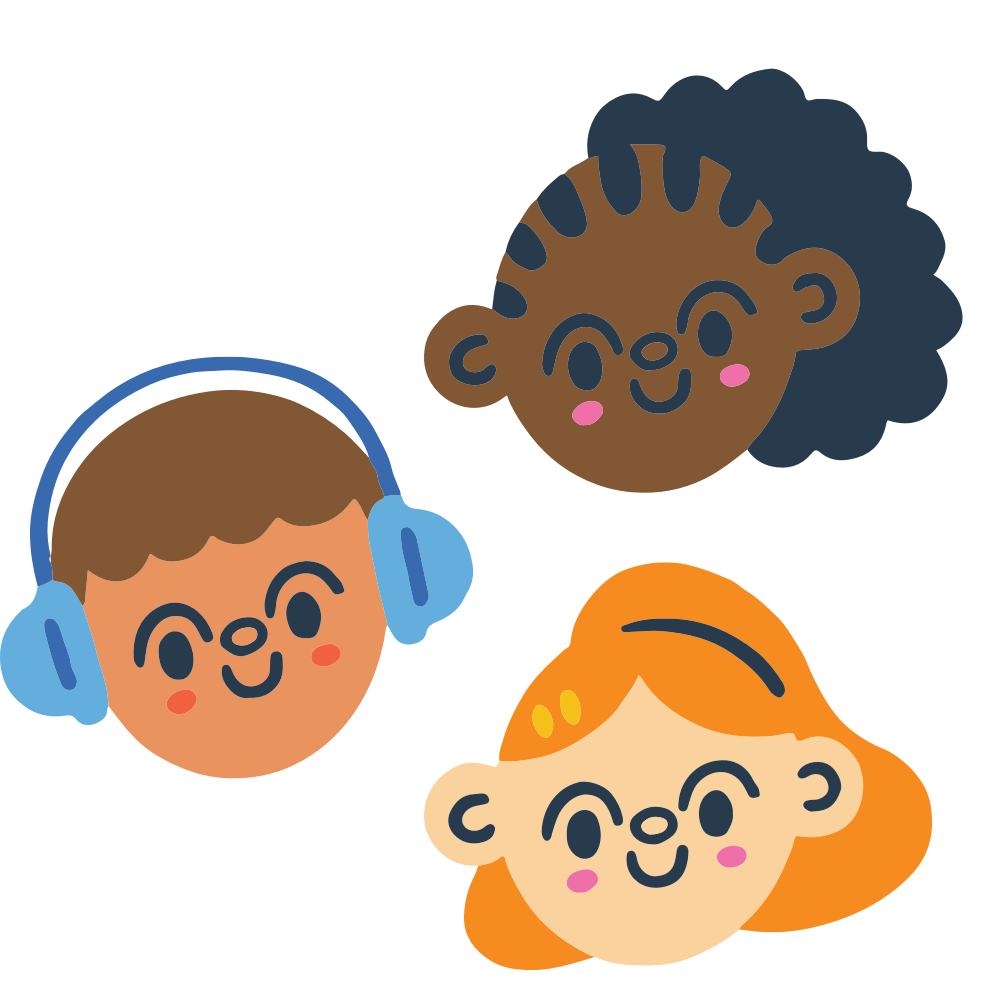
For Students
Discover a catalog of teen health guides packed with essential healthy living tools. Each health guide features topic overviews, self-assessment check-ins, red flag indicators, actionable resources, and more to help students take charge of their health and well-being.
-
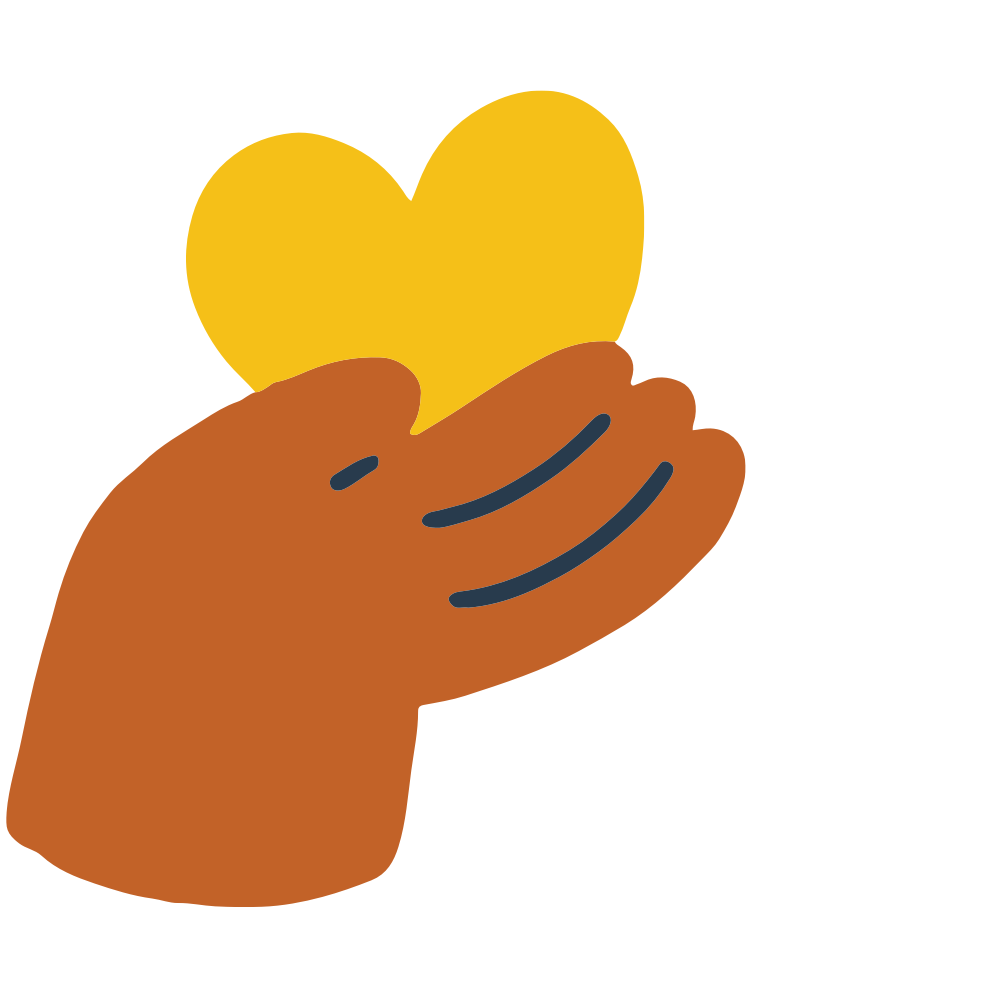
For Parents
The ultimate guide for parents to raise healthy kids, foster open communication, and become their child’s trusted go-to adult. Discover our parent health guides filled with conversation starters, topic overviews, curated resources, and practical tools to confidently support your child’s health and well-being.
how to Teach the SHAPE america Standards
Intellectual Teaching Ideas Connected to SHAPE America Standards
Explore the health skills table below to discover teaching ideas that connect intellectual health and creativity education to SHAPE America National Health Education Standards. By linking intellectual health lessons to health skills like decision-making, self-management, and analyzing influences, you can create meaningful, skills-based learning experiences that help students develop intellectual health awareness for themselves and others and teach creativity.
-
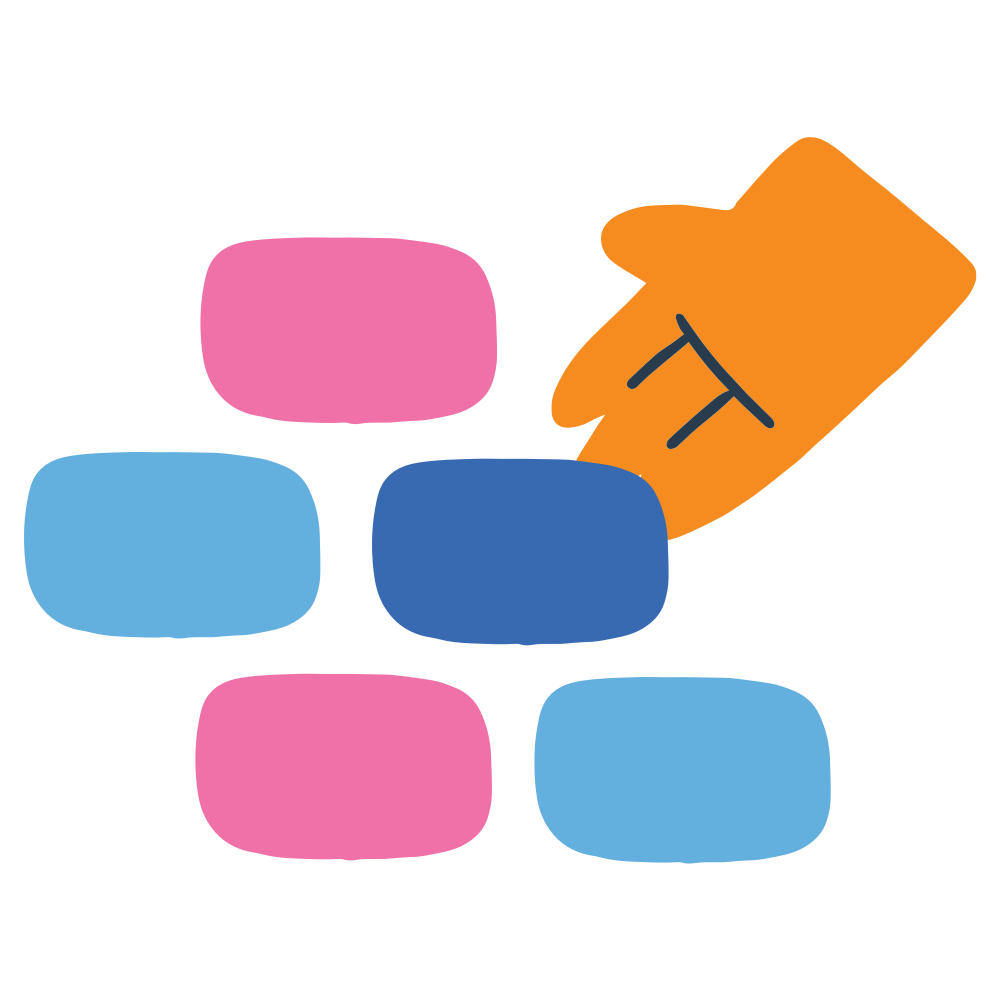
Building and Applying Functional Knowledge
SHAPE America Standards #1
Learning and Using Health Knowledge
-

Analyzing Influences
SHAPE America Standards #2
See What Shapes How You Feel, Think, and Act
-
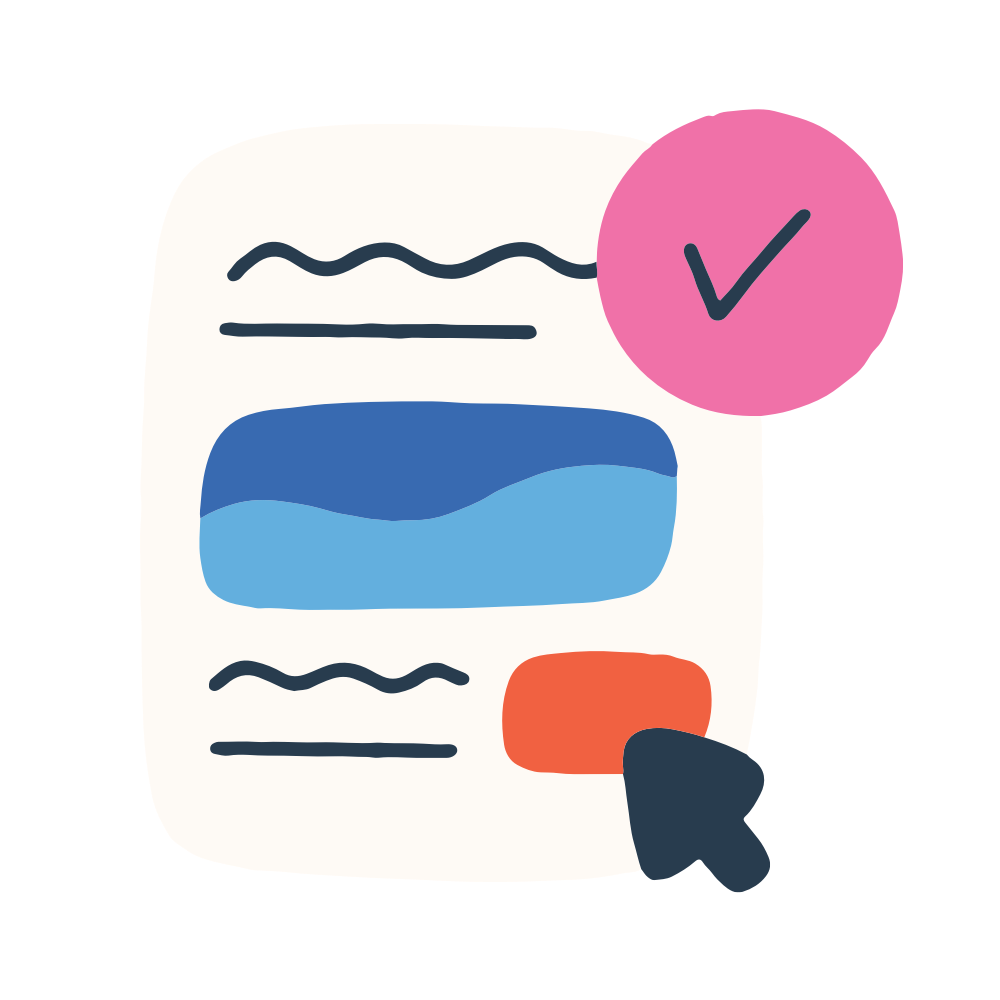
Accessing Resources
SHAPE America Standards #3
Find Valid Health Info & Services
-

Interpersonal Communication
SHAPE America Standards #4
Communicate Effectively
-
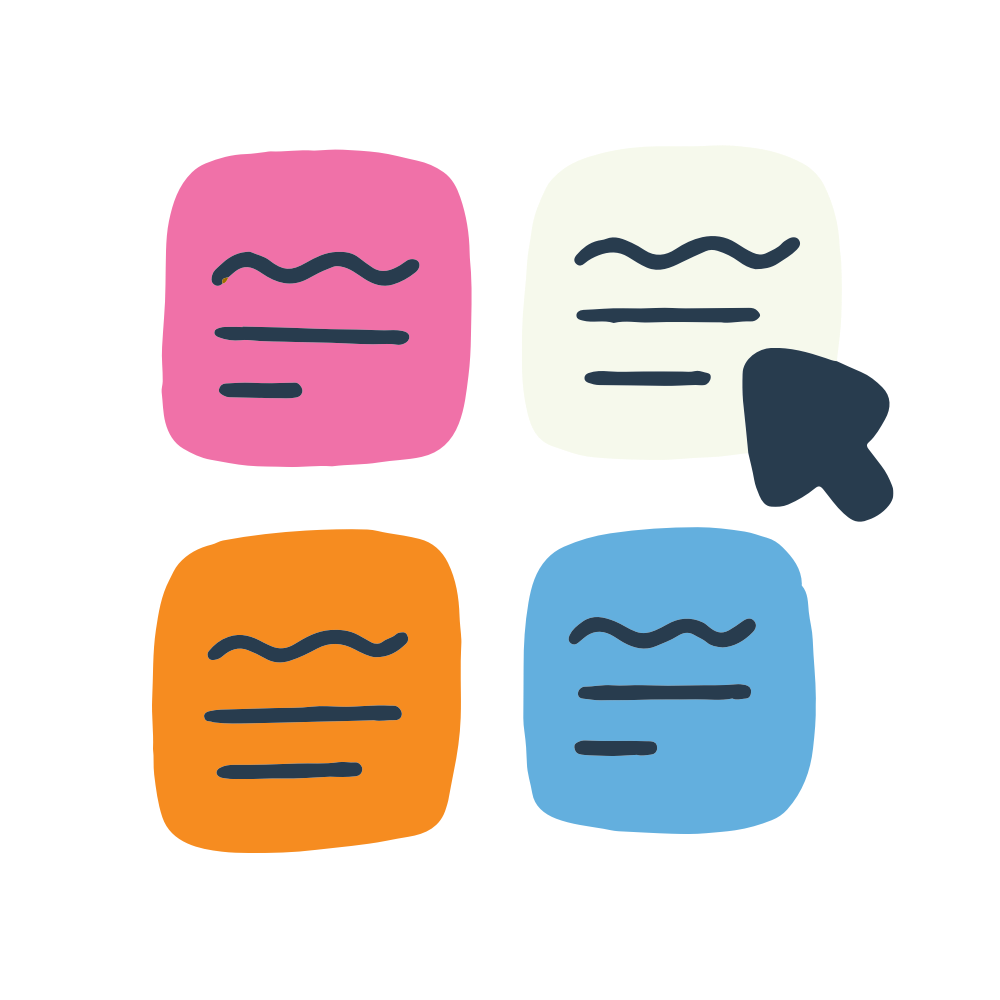
Decision Making
SHAPE America Standards #5
Make Enriching Health Choices
-

Goal Setting
SHAPE Standard #6
Set and Reach Health Goals
-
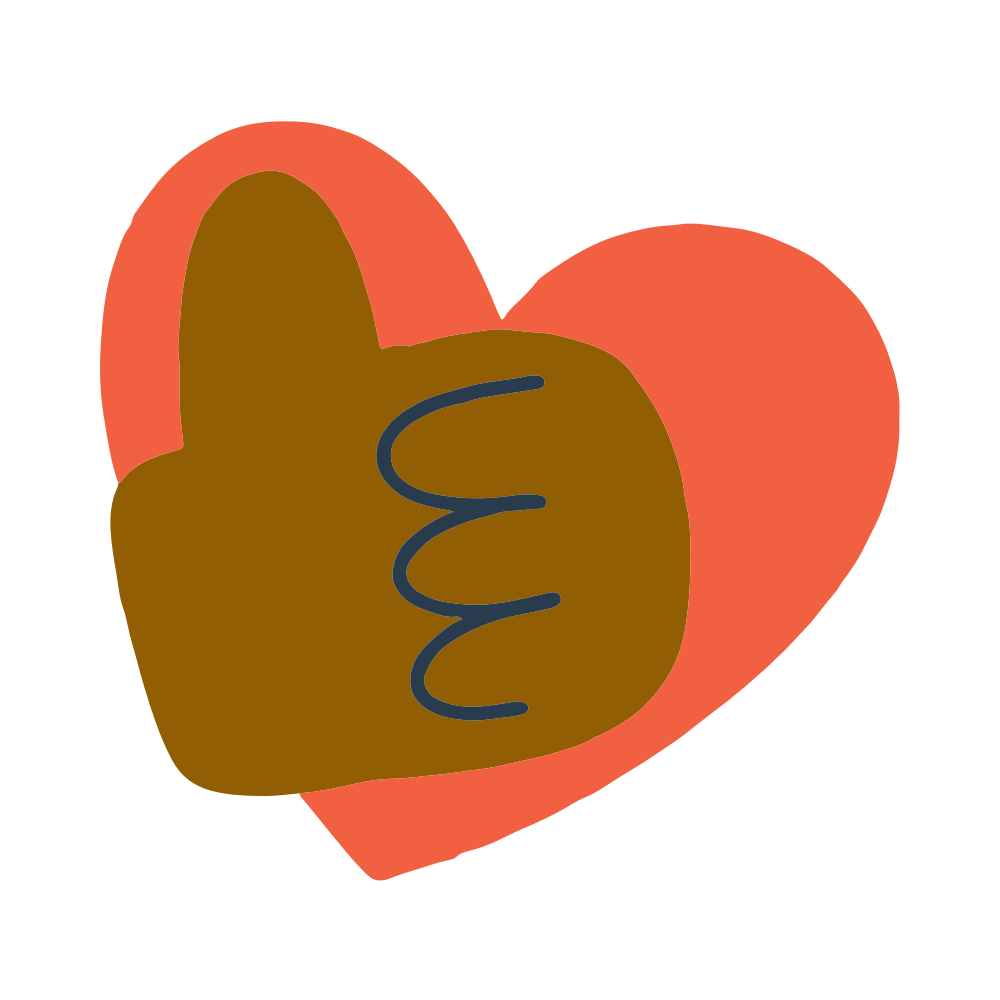
Practice Health Enhancing Behaviors
SHAPE Health Standard #7
Take Care of Your Well-being
-

Advocacy
Health Standard #8
Speak Up for Health
How Building and Applying Functional Knowledge Connects to Intellectual Health and Creativity Education:
Functional knowledge supports intellectual health by helping students understand what it means to be intellectually healthy, curious, reflective, engaged, and open to growth. It includes learning how to think critically, explore personal interests, and use tools like design thinking and human-centered design to solve problems in creative and meaningful ways. This foundation empowers students to pursue learning that matters to them and make a lasting impact on the world around them.
Building and Applying Functional Knowledge Teaching Ideas: Intellectual Health and Creativity Education
"What Lights Me Up?" Inventory
Students reflect on topics, hobbies, or questions that spark curiosity.Lifelong Learner Vision Board
Create a visual showcasing what learning might look like throughout different life stages.Intellectual Health Definition Sort
Sort and define examples of intellectual health vs. non-examples to clarify understanding.
How Analyzing Influences Connects to Intellectual Health and Creativity Education:
Analyzing influences supports intellectual health by helping students recognize who and what shapes their creativity, problem-solving, and passion for learning. It encourages students to reflect on the people, environments, and messages that influence how they think, what they explore, and how they express new ideas.
Analyzing Influences Teaching Ideas: Intellectual Health and Creativity Education
Creativity Influence Map
Students create a web of people, places, media, and experiences that inspire their creative thinking or learning style.Passion Influence Tracker
Choose a favorite hobby or subject and analyze who/what helped shape that interest (e.g., “I love music because my uncle is a DJ” or “TikTok got me into DIY crafts”).Creative Confidence Audit
Reflect on external messages (from school, culture, family, etc.) that either support or limit their willingness to try new things or think differently.emotions.
How Accessing Valid Resources Connects to Intellectual Health and Creativity Education:
Accessing valid and reliable resources supports intellectual health by teaching students how to seek out the people, tools, and spaces that fuel their curiosity and creativity. It empowers them to find accurate information, connect with supportive mentors, and explore real-world solutions to problems that matter to them.
Accessing Resources Teaching Ideas: Cultural Health Education
Curiosity + Creativity Scavenger Hunt
Students identify who (teachers, peers, creators) and what (books, podcasts, spaces) can help them grow a specific interest or creative passion.Trusted Source Exploration
Research a problem or topic of interest and use the PROVE It skill cue to evaluate the quality and reliability of the information they find.School Issue Resource Map
Choose a current issue at school (e.g., access to clubs, need for quiet spaces) and map out how they could find support or take action using valid people and tools.
How Interpersonal Communication Skills Connect to Intellectual Health and Creativity Education
Interpersonal communication supports intellectual health by encouraging students to express their ideas, ask questions, and engage in dialogue that expands their thinking. It helps them build learning communities where curiosity and respectful debate thrive.
Interpersonal Communication Teaching Ideas:Intellectual Health and Creativity Education
Idea Swap Circles
Share a thought-provoking question and rotate partners to explore different perspectives.Agree/Disagree Debate Line
Practice civil discourse by physically moving in a line to show levels of agreement and explain their reasoning.
TALK Skill Cue Interviews
Interview a peer about a topic they’re passionate about, practicing active listening and curiosity.
How Decision-Making Skills Connect to Intellectual Health and Creativity Education:
Decision-making supports intellectual health by helping students manage how they spend their time and energy, choose which passions or ideas to pursue, and decide how to respond to challenges in their learning journey. It encourages thoughtful reflection and helps students stay aligned with what genuinely sparks their curiosity and supports their personal growth.
Decision-Making Decision-Making Teaching Ideas: Intellectual Health and Creativity Education
Passion Prioritization Sort
Students sort a list of their interests or curiosities into “pursue now,” “maybe later,” and “not for me” categories, then explain their reasoning.Time + Energy Audit
Reflect on how current habits impact their ability to explore new ideas, and decide how to adjust based on personal priorities.WISE Learning Decisions
Use WISE or BEST models to navigate real learning dilemmas (e.g., "Do I take on this extra project?" or "Should I explore this new topic or go deeper with what I know?").
How Goal-Setting Connects to Intellectual Health and Creativity Education:
Goal setting supports intellectual health by helping students take ownership of their learning, manage their time and energy, and follow through on responsibilities that matter to them. It empowers students to create intentional goals that support their curiosity, creativity, and personal growth.
Goal Setting Teaching Ideas: Intellectual Health and Creativity Education
GROW Goal: Time & Energy Edition
Students use the GROW model to create a goal that improves how they manage their time, energy, or learning habits.Accountability Partner Check-Ins
Students pair up, set personal learning or creativity goals, and hold weekly check-ins to offer encouragement and troubleshoot barriers.Responsibility Tracker
Set a goal to consistently follow through on a responsibility (schoolwork, hobby, leadership role) and track progress with reflection prompts.
How Self-Management Connects to Intellectual Health and Creativity Education
Self-management supports intellectual health by teaching students how to focus, manage distractions, overcome frustration, and follow through on learning tasks.
Self-Management Teaching Ideas: Intellectual Health and Creativity Education
Focus Reflection Tracker
Students track when they feel most focused and when they struggle, then analyze patterns.Frustration Reframe
Reflect on moments when learning felt hard and write a new narrative about how they managed.Pause + Reset Routine
Create a personal strategy for managing intellectual overload or mental fatigue.
How Advocacy Connects to Intellectual Health and Creativity Education:
Advocacy supports intellectual health by teaching students how to speak up for their learning needs, pursue their passions, and create inclusive learning environments. It empowers them to take ownership of their intellectual growth and advocate for opportunities that fuel curiosity and creativity.
Advocacy Teaching Ideas: Intellectual Health and Creativity Education
Learning Needs Role Play
Practice advocating for different learning preferences or classroom accommodations (e.g., needing more time, quiet space, or choice in projects).Mini Passion Project Pitch
Students choose a topic they care about and create a persuasive pitch to explore it in class or as an independent project.
Learning Environment Audit
Evaluate how intellectually inclusive their classroom or school is and create proposals for improving spaces or systems to better support curiosity and creativity.
intellectual Health Education VIDEOS
Youtube
Support critical thinking, creativity, and curiosity with Project School Wellness’s Intellectual Health activities and lessons.
Popular intellectual Health Videos for Health Teachers

Done-For-You
Lesson Plans
Intellectual Health Lesson Plans
Encourage students to think critically, solve problems, and stay curious about the world around them with these intellectual health lesson plans.
-
Level 1: Intellectual Health Basics
Lesson #1: Intellectual Health: My Knowledge
Lesson #2: How to Be Intellectually Healthy
Lesson #3: Super Intellectual Health
Level 2: Boosting Intellectual Health
Lesson #1: Assessing Intellectual Health
Lesson #2: Analyzing Health Influences
Lesson #3: Overcoming Health Roadblocks
Level 3: Living With Creativity
Lesson #1: What it Means to Be Creative
Lesson #2: Expressing Creativity
Lesson #3: Using Creativity to Share Your Passion

Curated intellectual Health education Resources
Intellectual Health Teaching Resources
-
Middle School Intellectual Health Unit
Creativity Mini Unit
-
*This is an affiliate link. Commissions may be earned at no extra cost to you:)
-
Coming Soon!
-
Coming soon!
Meet Project School Wellness
Your Go-To Partner in Health Education!
At Project School Wellness, we are dedicated to making health education simple, effective, and life-changing.
As your one-stop health education hub, we offer ready-to-use health curriculum and resources for health teachers, expert guidance for parents navigating tough topics, and trusted insights for students building lifelong health skills. Whether in the health classroom, at home, or learning on your own, we’re here to help students build the knowledge, skills, and confidence needed to live their healthiest, happiest lives.
